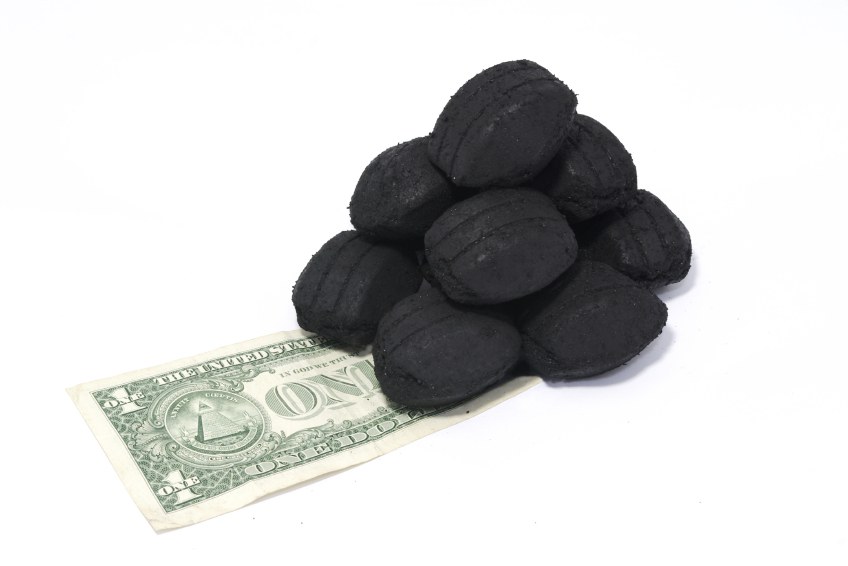In 2009, nearly 15,000 megawatts of proposed coal fired power plants were canceled. To put that in perspective, that would represent about a third of all electricity generating capacity of a state the size of California.
This is not a consequence of a slow economy alone; eight years ago, 36,000 megawatts of new coal plants were on the drawing boards and a mere 13 percent of those were actually built.
If coal is dying as a source of U.S. power generation, what’s the cause and what will replace it as we power up the reviving American economy?
First, let me count the ways that coal has finally been unmasked as not so “cheap” power:
- Toxic coal ash waste — like the piles that destroyed rivers and thousands of acres of farmlands in the Tennessee Valley at a cost of $1.5 billion for cleanup.
- USEPA finalizing rules that will prevent mountain top mines from dumping their waste products into someone else’s drinking/irrigating water supplies — and a growing chorus of bankers and scientists calling for ending this particularly destructive form of mining altogether.
- Scrubbers meant to clear the air that are dumping smokestack waste into rivers instead, leading communities and regulators to demand an end to the practice.
- Mercury from power plant emissions turning up in breast milk. Yes, even babies are exposed, both in the air they breathe and their primary source of nutrition.
- And, of course, climate change. For those hoping to derail climate change policy in Congress, wake up and smell the carbon: Ten states in the Northeast already cap emissions and use a cap-and-trade system; more than half the states are planning to follow suit regardless of what happens in DC; Europe has a five year head start on the rest of the world reducing carbon emissions, many of which are attributable to coal; and even China has now committed to significant reductions from coal.
Add all of these real costs to the price we pay for a kilowatt of coal-fired electricity and the alternatives look like bargain basement opportunities. So just how will we grow our energy supply to meet the demand of a global economic rebound?
- First, the cheapest new power plant is the one you don’t build. California is 40 percent more energy efficient than the rest of the nation — and Denmark is a third more energy efficient than that — so real savings can be achieved while stimulating the economy with projects that replace inefficient appliances, machinery, and even simple doors/windows with modern versions that save energy. While electricity appeared cheap, little was done to be efficient. Now that we know better, efficiency can be the major source of “new” supply for a decade.
- Moore’s Law essentially said computing power would double every two years at half the cost. It’s turning out to be about the same for renewable energy technology. Competition for new solar panels, including thin film products that be cheaply applied to collect energy from windows; more efficient wind turbines and storage technology to capture the energy for use when the wind isn’t blowing; and breakthroughs in converting all kinds of farm and urban waste into energy are all delivering cost-reductions and efficiency gains that will leave coal in its own dust.
- Don’t be surprised to see space-based, solar-power stations by 2020 that will not only deliver clean energy to earth, but restart the U.S. leadership in the aerospace industry. Giant solar arrays in space than beam energy back to receiving stations attached to the grid are already proven technology and will be deployed as costs decline.
The bottom line? Coal may still be alive, but don’t put your money on anything that relies on it being around for much longer. Oh, and you might want to save this blog in case you need a few things to say at the funeral.



